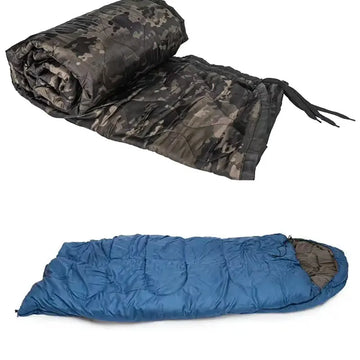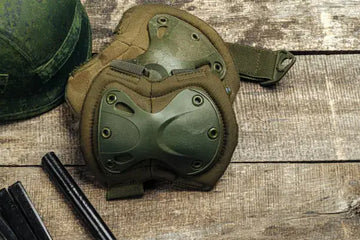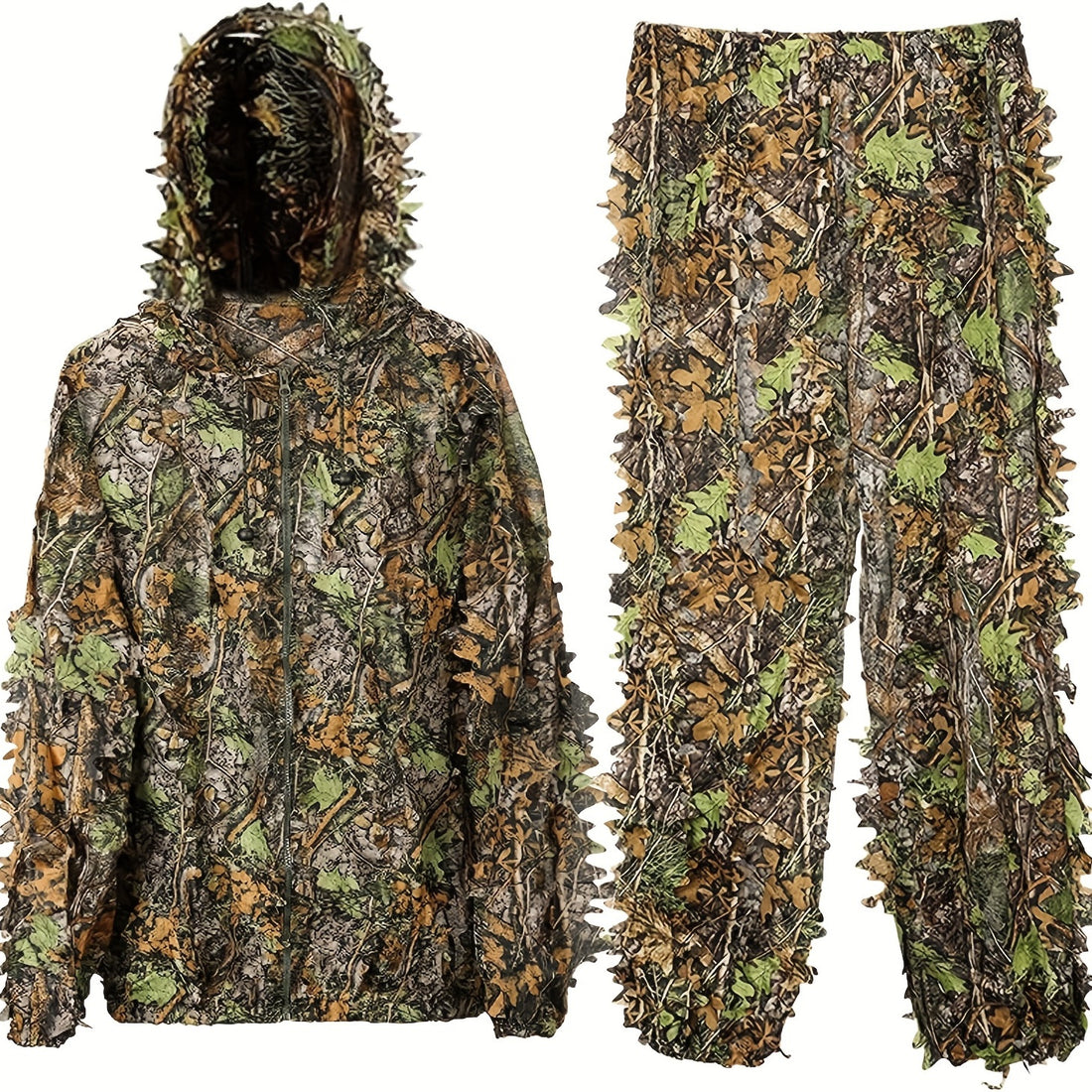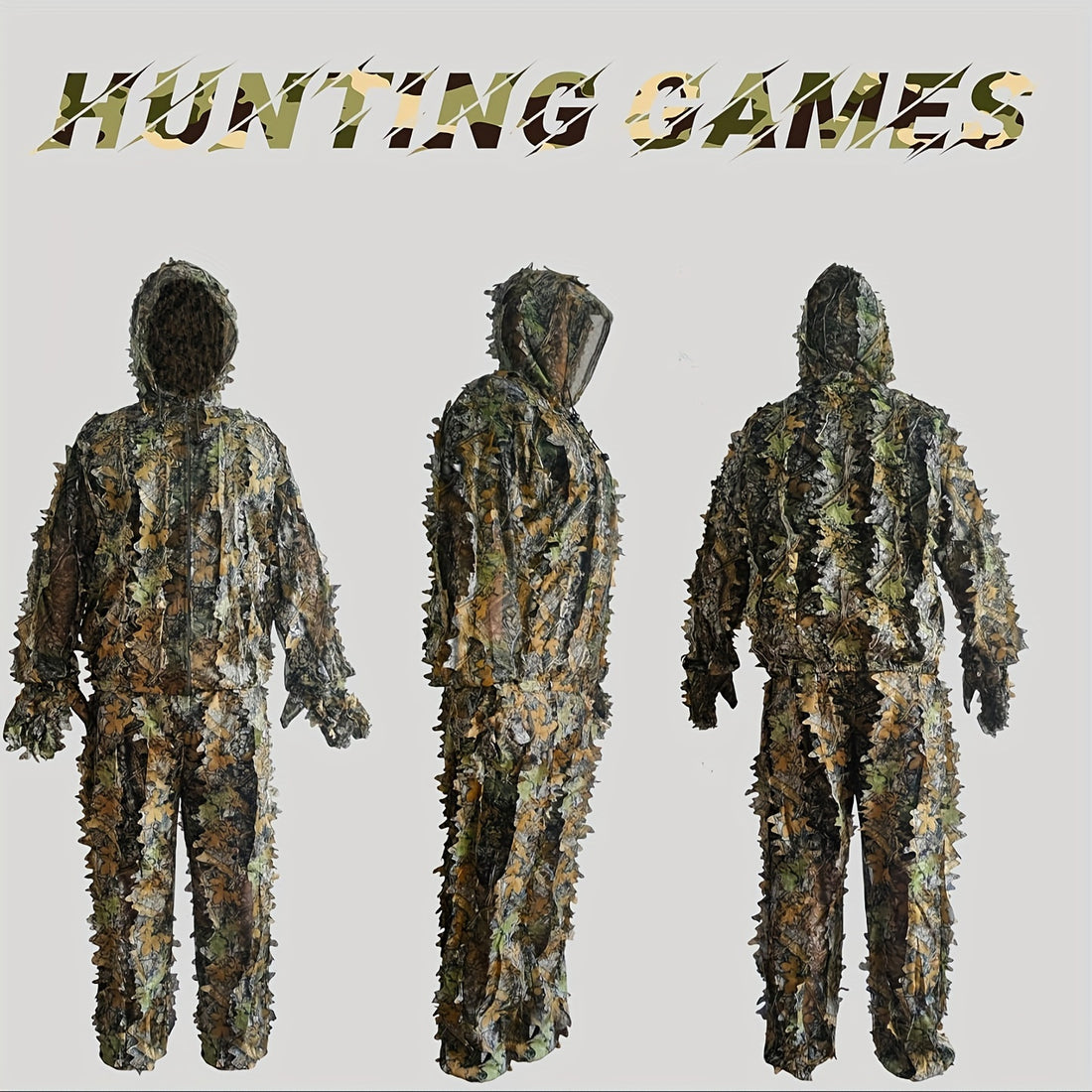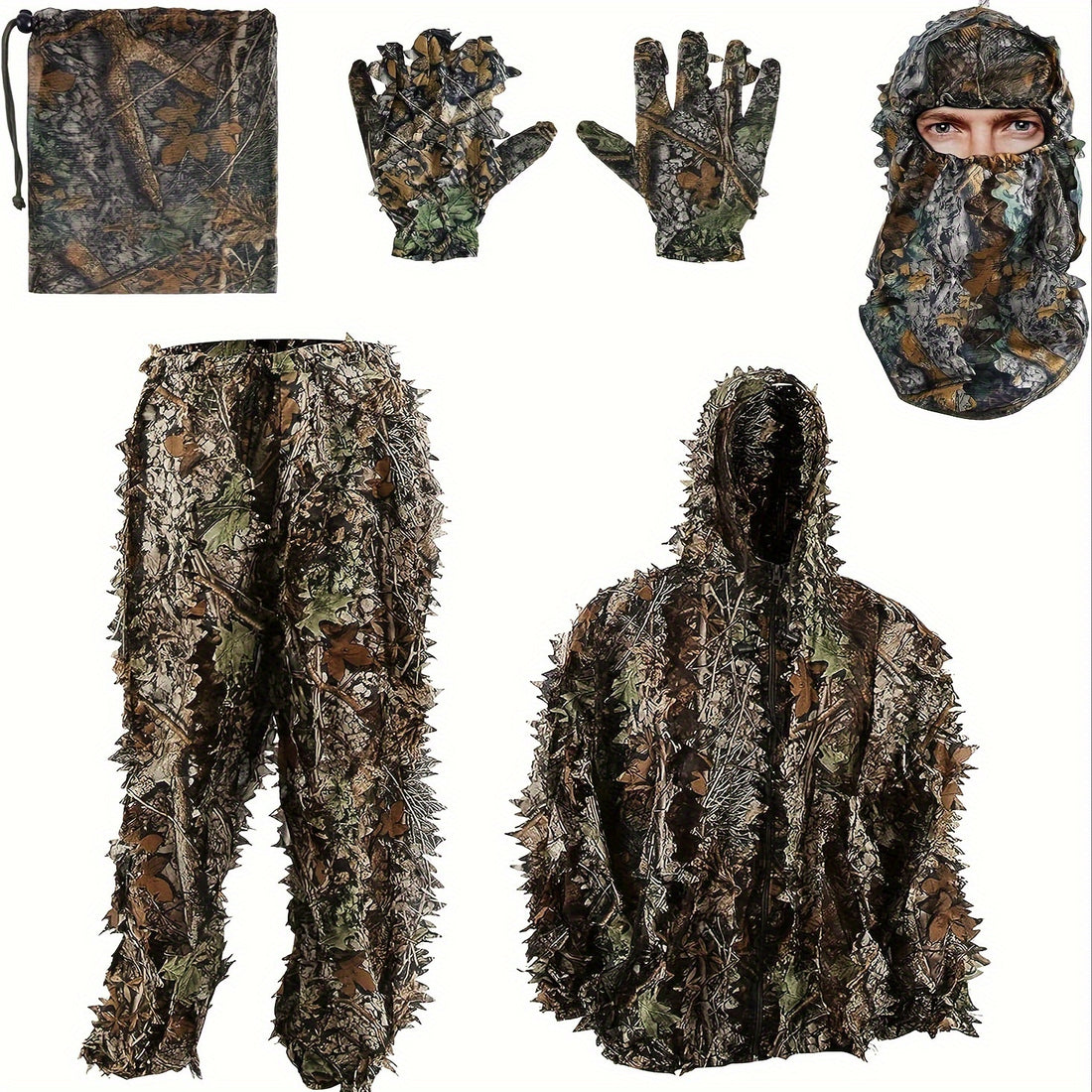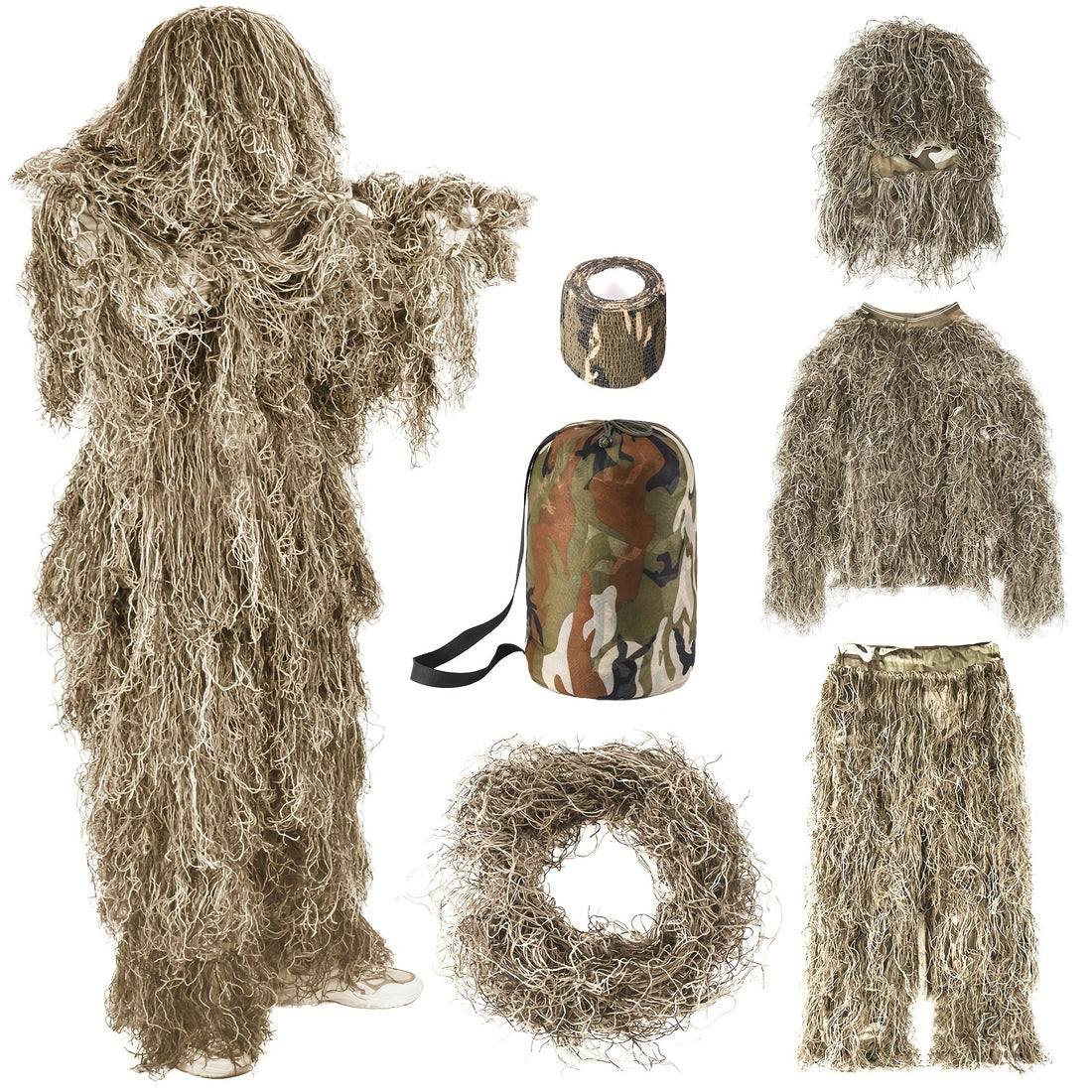Regarding tactical gear, two items often get confused: tactical vests and bulletproof vests. If you're new to tactical equipment or simply curious, you might wonder how these two vests differ.
Let’s break it down in a simple, straightforward way.
What Is a Tactical Vest?
A tactical vest is a piece of gear designed to carry equipment and accessories. Think of it as a utility tool that sits on your torso. It's lightweight and versatile, making it a favorite for outdoor enthusiasts, hunters, law enforcement, and military personnel.
Key Features of Tactical Vests:
- Storage Capacity
Tactical vests are loaded with pouches, pockets, and compartments. These can hold items like magazines, first-aid kits, radios, flashlights, knives, and other essential tools.
- Customization Options
Most tactical vests have a MOLLE (Modular Lightweight Load-carrying Equipment) system. This lets users attach additional pouches or gear based on their needs. Whether you’re on a mission or out for a hike, you can adjust the vest to suit your purpose.
- Lightweight Design
Unlike bulletproof vests, tactical vests are usually made from lighter materials like nylon or polyester. This makes them easier to wear for long periods.
- No Ballistic Protection
Tactical vests do not offer protection against bullets or other ballistic threats. Their purpose is strictly functional—to carry and organize gear efficiently.
Who Uses Tactical Vests?
- Military personnel for missions requiring quick access to equipment.
- Law enforcement officers for patrol or SWAT operations.
- Outdoor enthusiasts for hunting, hiking, or airsoft/paintball games.
- Preppers who want to be ready for emergencies.
What Is a Bulletproof Vest?
A bulletproof vest—more accurately called a ballistic vest—is protective armor. It’s designed to absorb and reduce the impact of bullets, shrapnel, and other projectiles. It’s a lifesaving piece of equipment for people in high-risk professions.
Key Features of Bulletproof Vests:
- Ballistic Protection
The primary purpose of a bulletproof vest is to stop bullets. These vests are made with materials like Kevlar, Dyneema, or ceramic plates, which can absorb the energy of a bullet and prevent penetration.
- Weight
Because of their protective materials, bulletproof vests are much heavier than tactical vests. The weight varies depending on the level of protection, ranging from light (soft armor) to heavy (hard armor with plates).
- NIJ Standards
Bulletproof vests are classified by the National Institute of Justice (NIJ) into different levels based on their ability to stop various calibers of bullets. For example:
Level II-A: Protects against smaller handgun rounds.
Level III: Protects against rifle rounds.
- Limited Storage
Bulletproof vests generally don’t have as many storage options as tactical vests. However, some models include MOLLE webbing for attaching pouches or accessories.
Who Uses Bulletproof Vests?
- Law enforcement officers on active duty.
- Military personnel in combat zones.
- Security personnel work in high-risk areas.
- Civilians in areas where personal protection is necessary.
Tactical Vest vs. Bulletproof Vest: The Key Differences
Let’s compare them directly:
| Feature | Tactical Vest | Bulletproof Vest |
| Purpose | Carrying and organizing gear | Protecting against bullets and projectiles |
| Weight | Lightweight | Heavier due to ballistic materials |
| Protection | No ballistic protection | Provides protection against bullets |
| Storage Options | Multiple pouches and compartments | Minimal; some models have MOLLE webbing |
| Users | Military, law enforcement, outdoor users | Law enforcement, military, civilians |
Can a Vest Be Both Tactical and Bulletproof?
Yes, it can. Some vests are designed to combine the features of both tactical and bulletproof vests. These hybrid vests offer ballistic protection while also including MOLLE webbing or storage compartments.
However, they are heavier and more expensive than standalone tactical or bulletproof vests.
Which One Should You Choose?
Choosing between a tactical vest and a bulletproof vest depends on your needs:
Choose a Tactical Vest If:
- You need a lightweight option to carry and organize gear.
- You’re engaging in activities like hiking, hunting, airsoft, or prepping.
- You’re not in situations where ballistic threats are a concern.
Choose a Bulletproof Vest If:
- Your primary concern is personal safety and protection from bullets.
- You’re working in law enforcement, security, or other high-risk environments.
- You want peace of mind in dangerous areas.


Frequently Asked Questions
1. Bulletproof Vest vs. Plate Carrier: What's the difference?
A bulletproof vest is primarily for ballistic protection and is often lighter, focusing on safety. A plate carrier, on the other hand, is a type of tactical vest equipped to hold armor plates, offering customizable protection levels.
Plate carriers typically provide both storage options and the ability to adjust the level of ballistic defense based on the situation.
2. Is it illegal to wear a tactical vest?
Wearing a tactical vest is generally legal. However, context matters, and local regulations may vary. It's crucial to understand the laws in your area to ensure compliance.
3. Does tactical mean bulletproof?
No, tactical does not necessarily mean bulletproof. Tactical vests focus on versatility and customization, while bulletproof vests prioritize ballistic protection.
4. What is the difference between a tactical vest and a Kevlar vest?
Kevlar vests are a type of bulletproof vest, emphasizing the material used for ballistic protection. Tactical vests, in contrast, are versatile platforms designed for various tools and accessories.
5. Can civilians own bulletproof vests?
In most places, civilians can legally own bulletproof vests. However, it's essential to check local regulations to ensure compliance.
6. Can anybody armor stop a .50 cal?
Most body armor cannot reliably stop a .50 cal round. .50 cal rounds possess immense kinetic energy, requiring specialized armor for effective protection.




